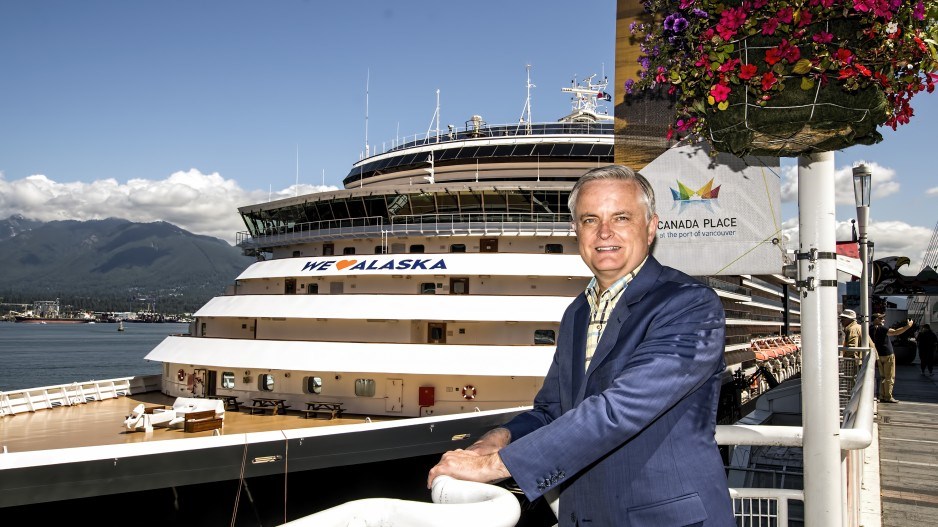Add the Canadian cruise ship industry to the list of stakeholders who have been irked by the ArriveCAN app mandated by Ottawa for travellers entering Canada.
Cruise industry officials say the current regulations is especially cumbersome for their sector, given that it is currently required for any person boarding a cruise that leaves – and then returns - to Canada to submit a specific ArriveCAN for that journey before getting on their ships.
Given that many cruise passengers enter ports like Vancouver from another country and that most cruises leaving for Alaska eventually include a return to the Lower Mainland, it means that most passengers have to submit two separate ArriveCAN applications within days of each other in order to board a cruise here.
Cruise Lines International Association (CLIA) legal advisor in Canada Barry Penner – a former B.C. MLA and cabinet minister – noted that there is grave concern in the industry that if the process isn’t simplified, it may deter travellers from going through Vancouver for their curise itineraries.
“It would be our hope that changes are made for the last few months of this cruise season,” Penner said. “We’ll see what happens. But beyond that, cruise lines and their passengers are looking for a signal from the Canadian government that next season will be as close to normal as possible – to enhance the ability to market cruises to and from Canada.
“Families planning to take a cruise have options on where to go,” he added. “And the more extra hurdles you have to overcome to go to Canada, the more tempting other destinations are.”
The cruise industry is a major driver of Vancouver’s summer economy, with CLIA data showing around 200,000 passengers boarding cruises from Vancouver monthly prior to the pandemic. That number has fallen to 108,762 for Vancouver this May, but just the fact that cruises have returned to the city has been a major boon for local tourism sectors.
Canada was also one of the last markets to reopen to cruising after the outbreak of the pandemic in 2020 initially hit cruise ships hard. However, Penner said the sector pioneered a number of safety measures now standard in many public-service sectors, and operations have returned as early as mid-2020 in some markets before Canada finally reopened its ports last November.
Even prior to the pandemic, Vancouver has been facing increasing competition from Seattle as the port-of-origin for Alaskan itineraries. But Penner said even Seattle cruises would subject passengers to the ArriveCAN experience if a vessel’s itinerary includes stopovers at Canadian ports.
He added that he spoke at a conference in Calgary in late July attended by federal tourism minister Randy Boissonnault, and Penner believes the loud, clear messages delivered by industry at the event was “heard loud and clear” as the minister committed to taking the message to Ottawa.
“At first, we were told that [changes] would not be done this season,” Penner said of CLIA’s initial outreach to the federal government. “But as problems continue to occur, we are now hearing that they might try to get it done sooner.
“It just creates a negative experience before getting on the ship, for people to have to fumble around with an app – especially when some of the passengers may not be that comfortable working online or with mobile handheld devices.”
In recent weeks, ArriveCAN issues have become more of a talking point as Canadians increasingly travel abroad – with Global News Ottawa bureau chief Mercedes Stephenson detailing her struggles with the process as she and her mother were directed to quarantine upon return, even when they are both fully vaccinated.




